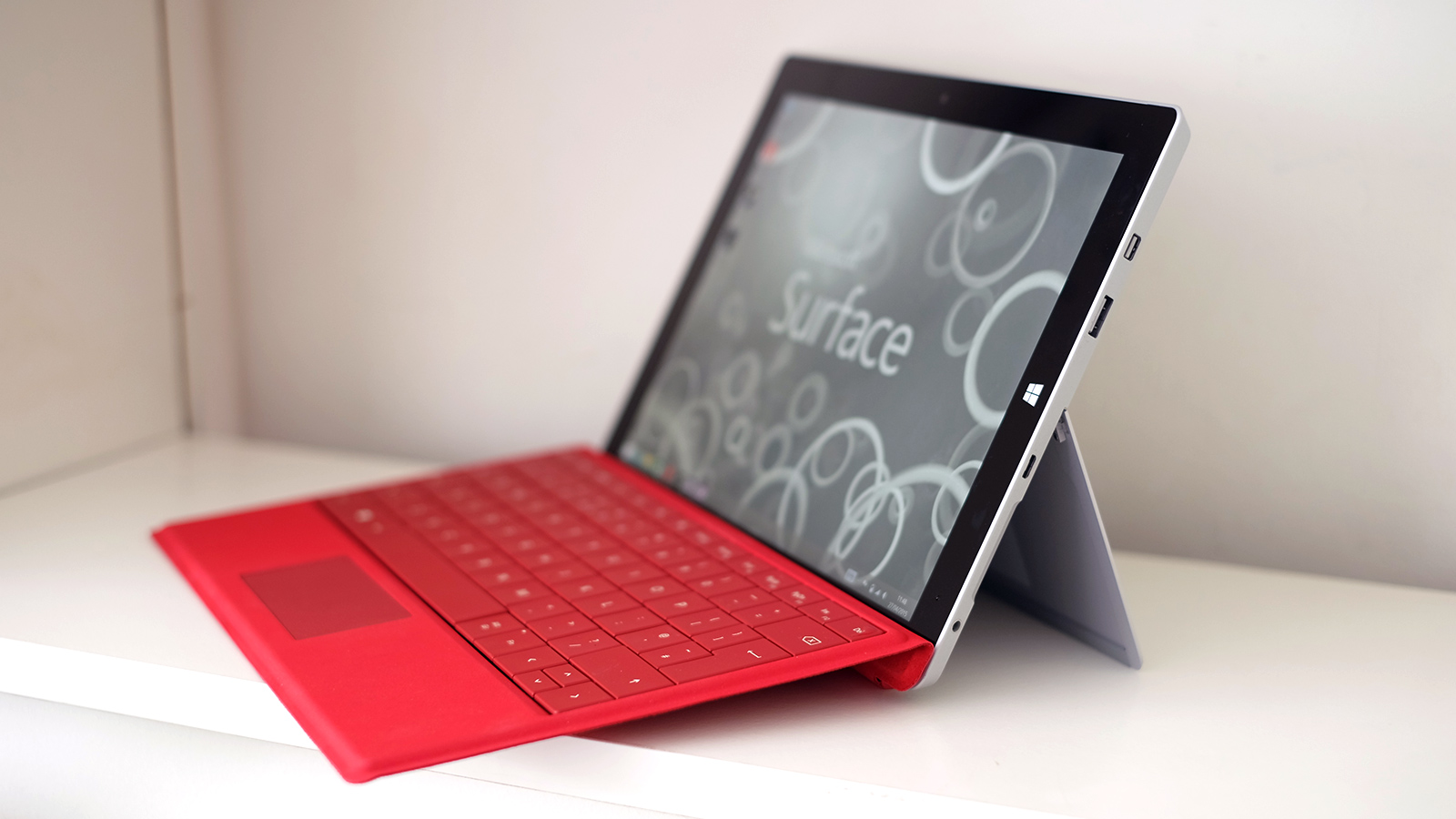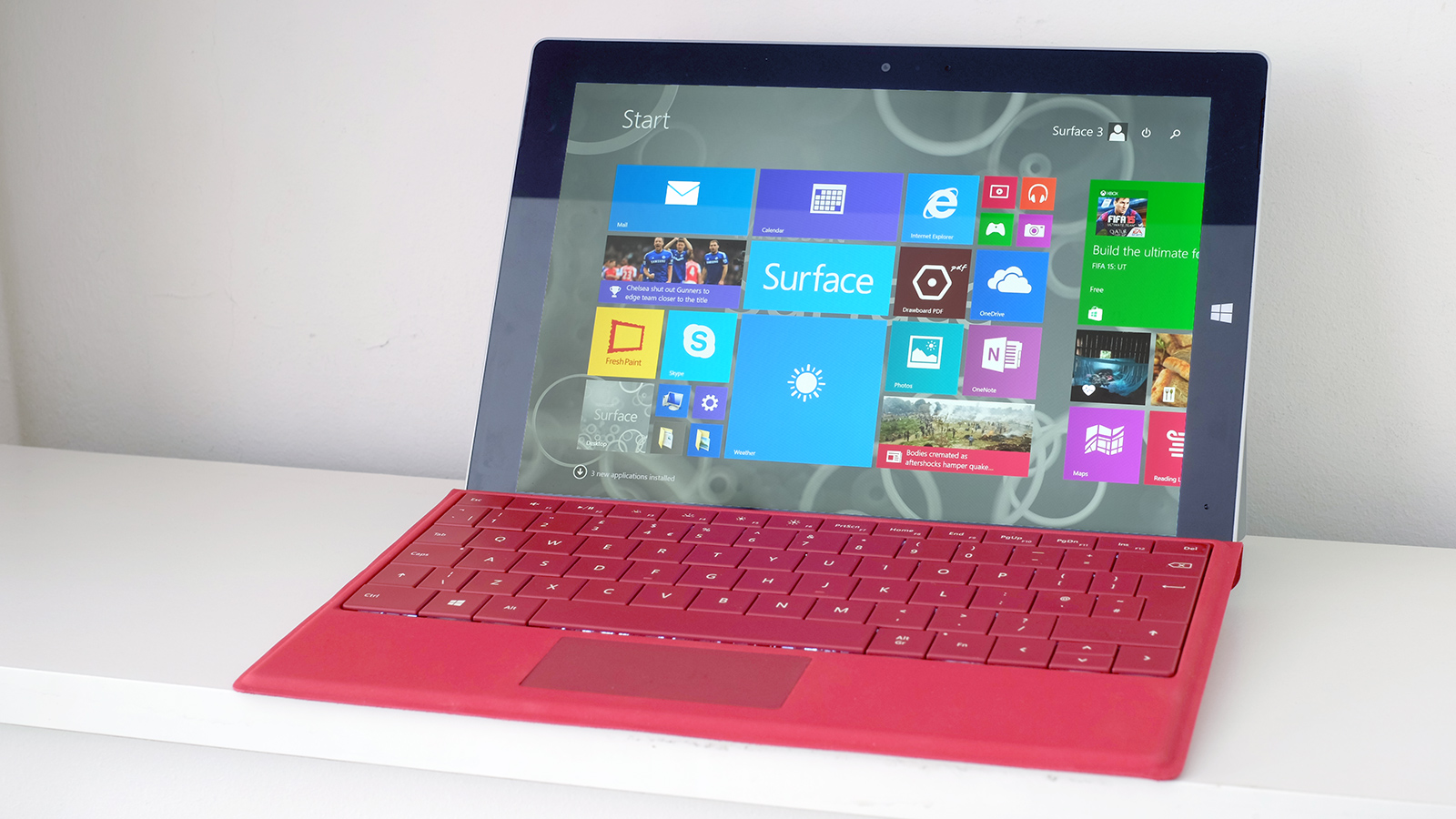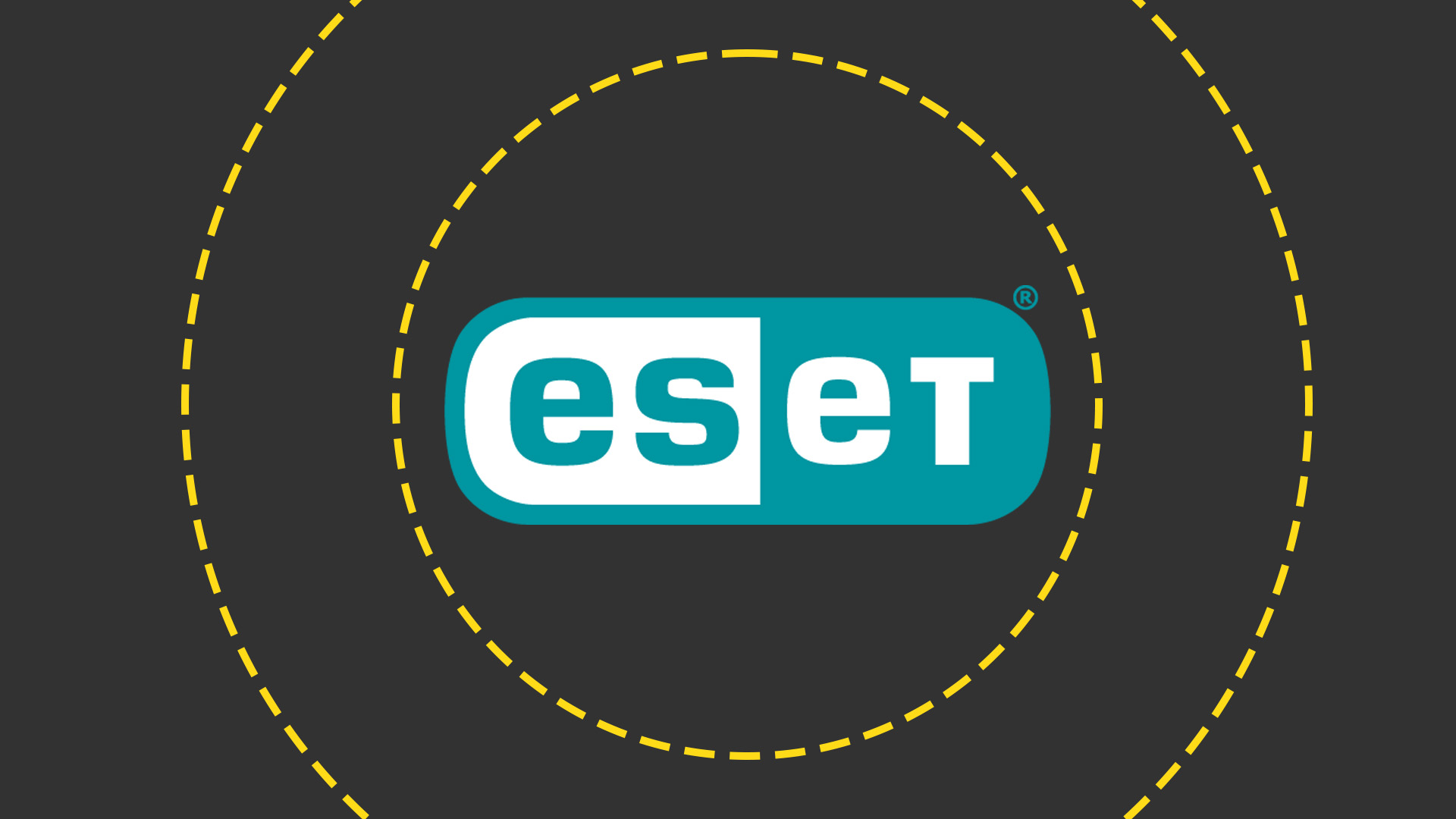Microsoft Surface 3 review
Will it be third time lucky for Microsoft's Surface?

The Microsoft Surface 3 is comfortably the best of the lower-cost Surface hybrids to date. The sum of improvements made to the hardware, both in the tablet part and the keyboard, and full Windows 8.1’s flexibility make it a very workable portable companion to a more powerful desk-bound laptop or desktop.
-
+
Good screen quality; greatbattery life; strong removable keyboard
-
-
Low CPU and storage performance; limited RAM; Fiddly to use on lap
Power
While the Atom series has come along significantly in the last year, some limiting of expectations is recommended here. The Surface 3 has a quad-core 1.6GHz Atom x7-Z8700, a highly efficient 14nm processor that ensures a fan system isn't needed.
For basic productivity and entertainment needs, the Atom CPU is sufficient. And, of course, this covers the vast majority of people's needs. Stay away from RAM-decimating labyrinthine spreadsheet macros and the Microsoft Office suite will perform fine. The Surface 3 comes with a year's subscription to Office 365, so that end is covered.
Benchmarks show it offers roughly 30 per cent lesser performance than Intel Core M series devices like the Asus ZenBook UX305 and the latest 12-inch MacBook. In Geekbench 3 it achieves 3100 points, in PC Mark 7 2437 points.

Given the Atom x7 is the budget alternative to the Core M series, this performance gap is both predictable and acceptable.
In general use, the Surface 3 is smooth and fast, but has limits that become quite apparent when tested. Lighter users will likely stumble over them when running many apps at the same time, although this is down to the system's limited RAM rather than CPU performance. 2GB and 4GB versions are available, and the higher RAM version is strongly recommended. While testing was actually crash-free, even the 4GB version became noticeably becomes a little less smooth when doing many things at once.
Neither version has the power to perform video editing or any significant image editing either, not without trying the patience at any rate. This comes down to a whole series of hardware limitations. First, RAM of 4GB is relatively paltry. Next, the CPU power just isn't enough to make the processor-intensive tasks viable, and the SSD performance will also be a huge barrier.
Get the ITPro daily newsletter
Sign up today and you will receive a free copy of our Future Focus 2025 report - the leading guidance on AI, cybersecurity and other IT challenges as per 700+ senior executives
-
 LockBit ransomware group falls victim to hackers itself
LockBit ransomware group falls victim to hackers itselfNews A data leak has revealed negotiations with victims, along with Bitcoin wallet addresses, affiliate accounts and details of attacks
By Emma Woollacott Published
-
 AI-powered banking fraud on the rise – but financial institutions are fighting back
AI-powered banking fraud on the rise – but financial institutions are fighting backNews Banks are increasingly using AI to combat scams, but say that the need for good data management can make progress slow
By Emma Woollacott Published
-
 ESET targets partner profitability with new MDR bundle
ESET targets partner profitability with new MDR bundleNews The security firm's managed detection and response services and products are now available as part of a single SKU to enhance the partner sales process
By Daniel Todd Published